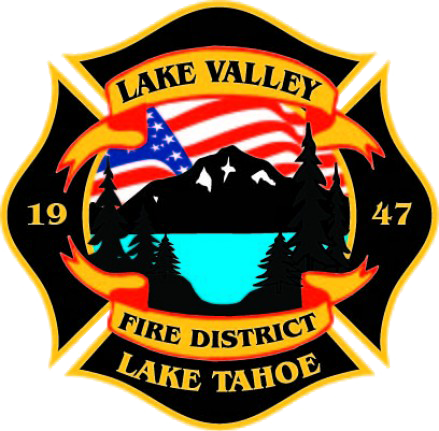In 2000, Lake Valley Fire Protection District, enacted, through grant funding, a Fire and Fuels Management Service Program. The LVFPD’s fire and fuels management program goal is to protect life, property and the environment from the effect of a catastrophic wildfire. The LVFPD’s objective is to work closely with experts in resource management and return the forest to estimated native conditions. Without fire in the ecosystem, the forest in Lake Tahoe Basin has experienced a high amount of dead or dying trees as a result of overstocking, drought, insects and diseases. Fire management personnel must take an active role in the restoration process to create a forest remnant of pre-fire management in the Lake Tahoe Basin. The LVFPD offers a broad range of wildland fire prevention and forestry services for our community, including:
- Defensible Space Education
- Shaded Fuel Break Construction
- Defensible Space Inspections
- Curbside Chipping
- Defensible Space Tree Marking
- Prescribed Fire and Pile Burning
- Defense Zone Construction
The Community Wildfire Protection Plan (CWPP) developed for the California Side of the Lake Tahoe Basin was approved in 2005, by California Department of Fire and Forestry, our El Dorado County supervisor and the Lake Valley Fire Protection District Fire Chief. The CWPP was developed with the guidance of the Wildland Fire Leadership Council. The CWPP identified eight communities-at-risk in the Lake Valley Fire District and assessed structural ignitibility and defensible space and performed fire behavior modeling. Also, recommended fuel reduction projects are described in the CWPP for Defense Zone, Urban Lot, Meadow Restoration, and Roadside Protection Projects. These projects cross all types of land ownership including private, state, county, city and federal lands.
